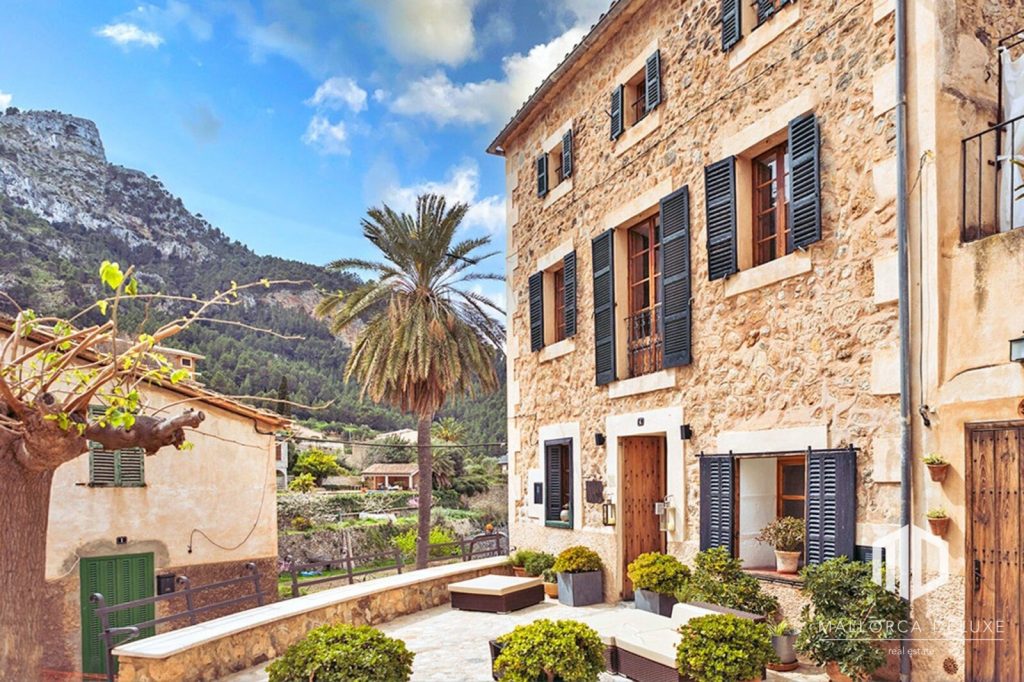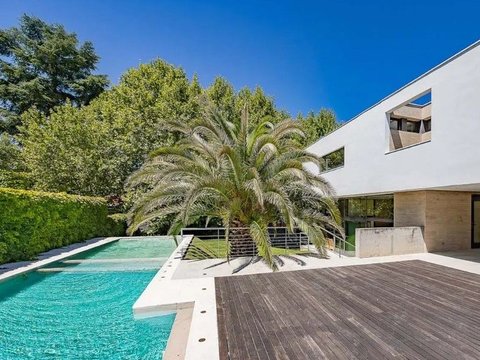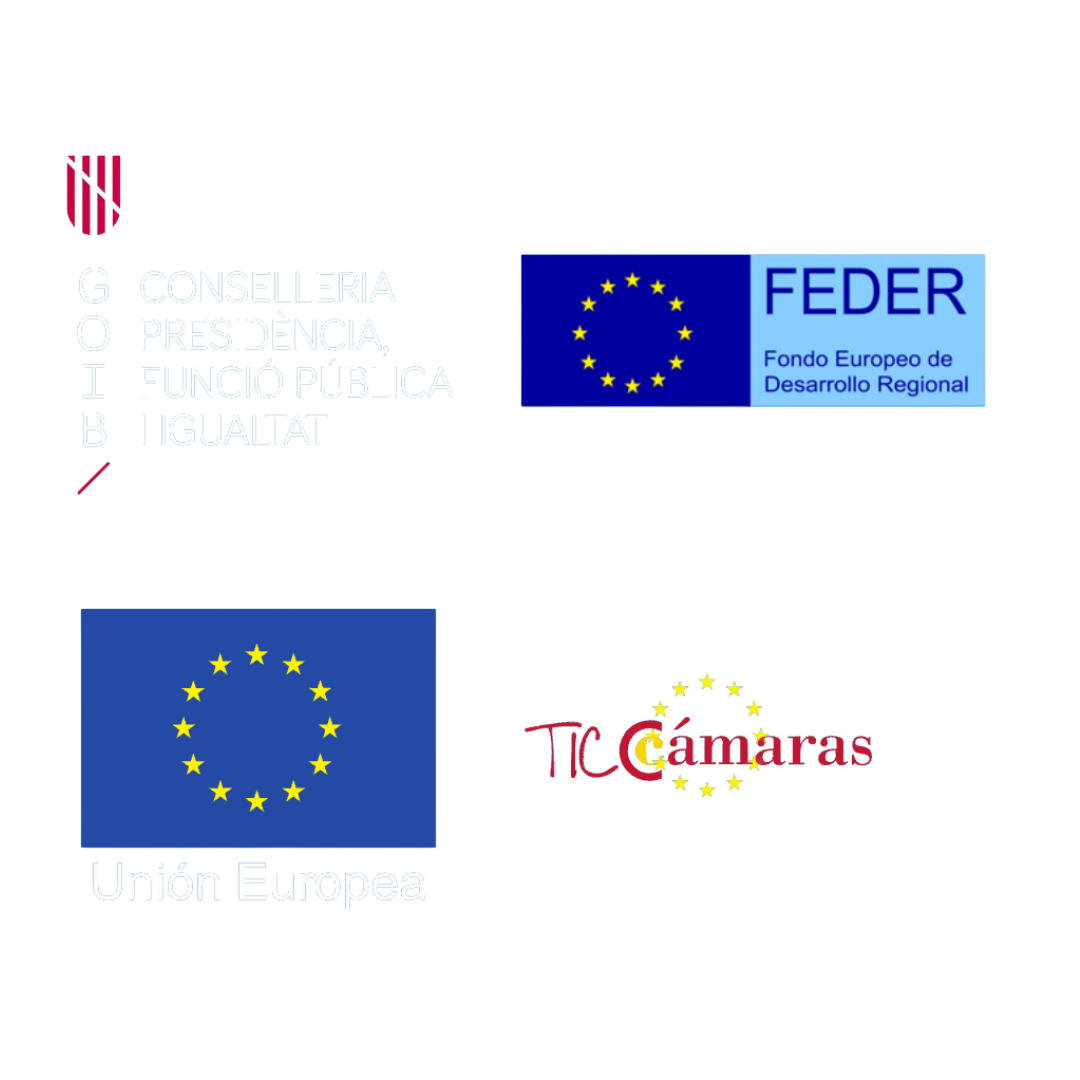Deductible Expenses on the Sale of a Property
⚖️ Context and Legal Basis
This post analyses the Binding Resolution V5370-16, issued on 20 December 2016 by the Directorate General for Taxation (DGT).
It addresses a common question in Spanish tax law:
Which expenses and improvements can be considered deductible when calculating the capital gain on the sale of a property?
🕓 Important note:
Although the ruling is still referenced today, it dates from 2016. The general criteria remain valid under Law 35/2006 (LIRPF), but later updates to tax regulations — including the Real Decreto 249/2023 (which modified the IRPF Regulations) — have introduced clarifications regarding documentation requirements and digital invoices.
👉 Conclusion: the interpretation remains useful, but some procedural details (e.g., proof and invoicing) should be updated if used in 2025 content.
Capital Gains and the Value of Acquisition
Under Article 33.1 of the Personal Income Tax Law (LIRPF), selling a property generates a capital gain or loss.
This is calculated as the difference between the acquisition value and the transfer value.
The acquisition value includes:
- The purchase price of the property.
- The cost of investments and improvements made.
- Expenses and taxes inherent to the acquisition (excluding interest), such as:
- Notary and Land Registry fees.
- Lawyer or agency fees.
- Transfer Tax (ITP) or VAT, depending on the transaction.
- Plusvalía municipal (IIVTNU) paid by the buyer (only if agreed in writing).
(Reference: Ley 35/2006 del IRPF – Article 35)
What Counts as an Improvement
The ruling clarifies that not all renovation or repair expenses can be added to the acquisition value.
✅ Improvements or extensions (capitalisable):
Those that increase the property’s value, capacity, or useful life.
Examples:
- Expanding the built area.
- Structural renovations.
- Upgrading installations (plumbing, electricity) beyond simple repair.
- Energy efficiency improvements or extensions of living space.
❌ Repairs and maintenance (not deductible):
Those aimed only at maintaining the property’s original condition, such as:
- Repainting, minor repairs, or regular upkeep.
- Replacing fixtures without upgrading quality or capacity.
These are deductible only for landlords (as expenses to offset rental income), but not for capital gain calculations on a sale.
(Reference: Real Decreto 439/2007 – Reglamento del IRPF, Article 13)
The Value of Transfer
The transfer value is the actual sale price received — or the market value, if higher — minus expenses and taxes paid by the seller, such as:
- Plusvalía Municipal (Impuesto sobre el Incremento del Valor de los Terrenos de Naturaleza Urbana).
- Real estate agency commissions.
- Notary or legal fees related to the sale.
(Reference: BOE – Resolución Vinculante V2584-16)
Documentation and Proof
To ensure tax deductibility, all expenses and improvements must be properly documented:
- Invoices must comply with Royal Decree 1496/2003 (and now RD 1619/2012 for electronic formats).
- Proof of payment must be available (transfer, receipt, etc.).
- The taxpayer must be able to demonstrate the nature and purpose of each expense before the Tax Administration, under Article 106 of the General Tax Law (Ley 58/2003).
(Reference: Ley General Tributaria)
💡 Key Takeaways
- Renovations that increase value or extend the property’s life can be added to the acquisition value.
- Ordinary repairs or maintenance costs cannot.
- Proof through valid invoices and payments is essential.
- The ruling remains valid conceptually, but the procedural aspects (e.g. e-invoicing) have evolved under recent regulations.
If You Are Selling Property in Spain
At Frau Legal, we help both residents and non-residents correctly determine deductible costs, capital gains and tax implications when selling a property.
Correctly identifying deductible expenses can significantly reduce your tax liability — and prevent costly errors in your next tax declaration.
Contact our Real Estate and Tax Law department for a personalised consultation.






